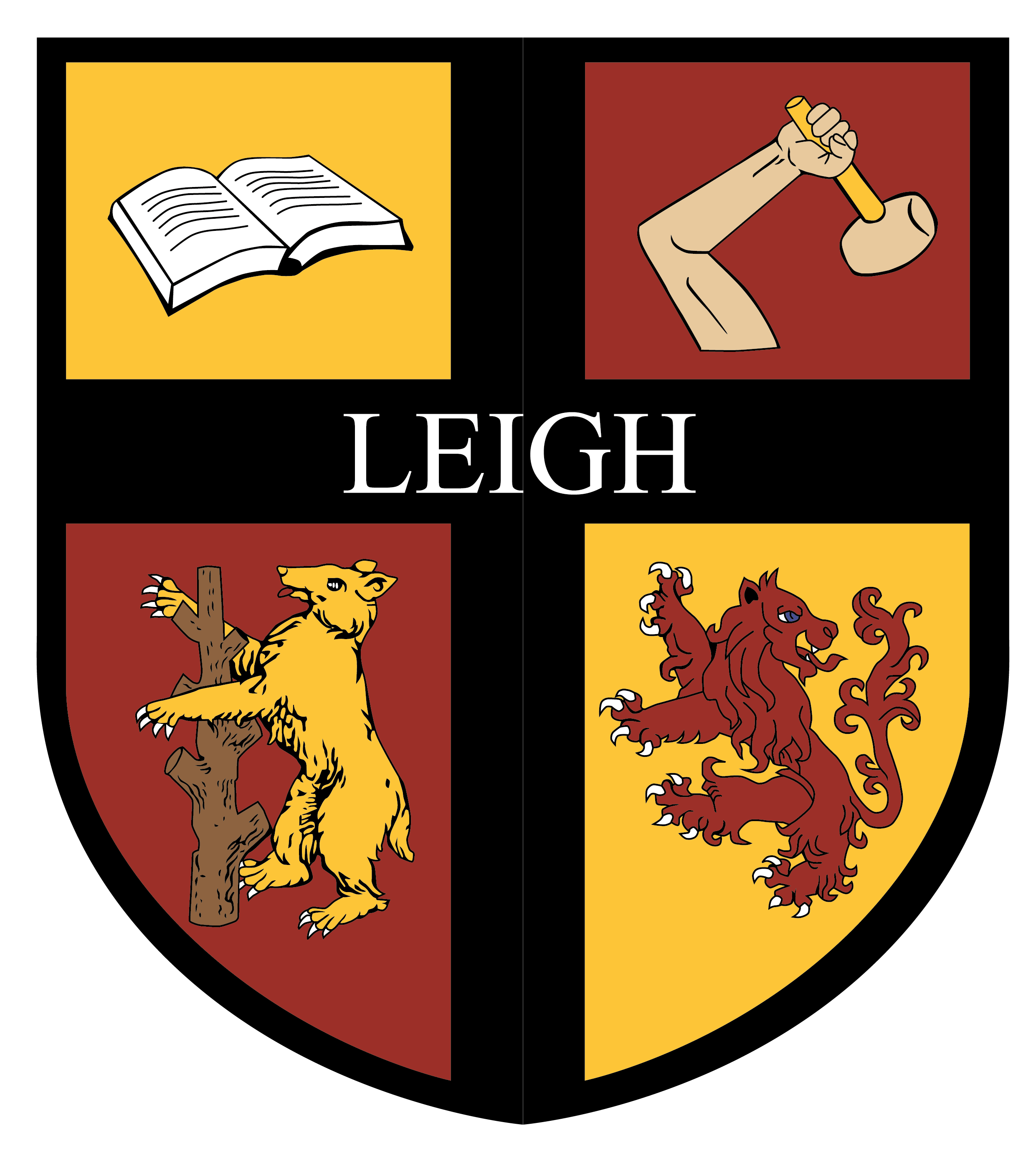Design Technology
Design Technology is taught as a discreet subject and aligns to our curriculum values.
At primary school level, Design and Technology develops children's skills and knowledge in design, structures, mechanisms, electrical control and a range of materials, including food. D&T encourages children's creativity and encourages them to think about important issues. Leigh Primary is a member of the Design and Technology Association and we use their 'Projects on a Page' to ensure our children receive a high quality D&T curriculum.
Please see the links below for further information.
Intent
To evaluate past and present real world products to develop a critical understanding of their impact on daily life and the wider world.
To develop children's practical designing and making ability, and their creativity in solving real and relevant problems through their designs and innovation.
To design and make a range of products, with a specific purpose for a particular user.
When designing and making products within a variety of contexts, to consider their own and others’ needs, wants and values from the products being designed and made.
The intention is for pupils’ learning to be developed cumulatively. This means that learning from previous key stages is revisited in teachers’ planning and practice and used in a more sophisticated way in subsequent key stages.
Implementation
We follow the ‘Projects on a Page’ scheme of work from the Design and Technology Association. As experts in their field, this scheme provides a consistent and evidence informed approach to design and technology, guiding pupils and teachers through the design, make and evaluate phases of their product development.
The curriculum planning and resources provided for teachers have been designed in collaboration with the National Curriculum Expert Group for Design and Technology.
Pupils design and make products that solve real and relevant problems within a variety of contexts, working within the 5 stands of design and technology: structures, mechanical systems, food and nutrition, electrical systems and textiles.
Pupils undertake a process of iterative design where they are able to test, evaluate and improve their designs as they go. They are encouraged to draw on their knowledge from across the curriculum and their own experiences.
Monitoring of the quality of D&T learning is judged against the framework provided by the D&T association.
Impact
To develop pupils creative, technical and practical expertise needed to perform everyday tasks confidently and to participate successfully in an increasingly technological world.
To be able to build and apply a repertoire of knowledge, understanding and skills in order to design and make high-quality prototypes and products for a wide range of users.
To inspire creativity and innovation, work as part of a problem-solving team and be able to evaluate and test their ideas and prototypes against the work of others.
-
Design and Technology Progression 2024-25
download_for_offline
download_for_offlineDesign and Technology Progression 2024-25
- Topic overview 2024-25 download_for_offline
download_for_offlineTopic overview 2024-25
- Topic overview 2024-25 download_for_offline


